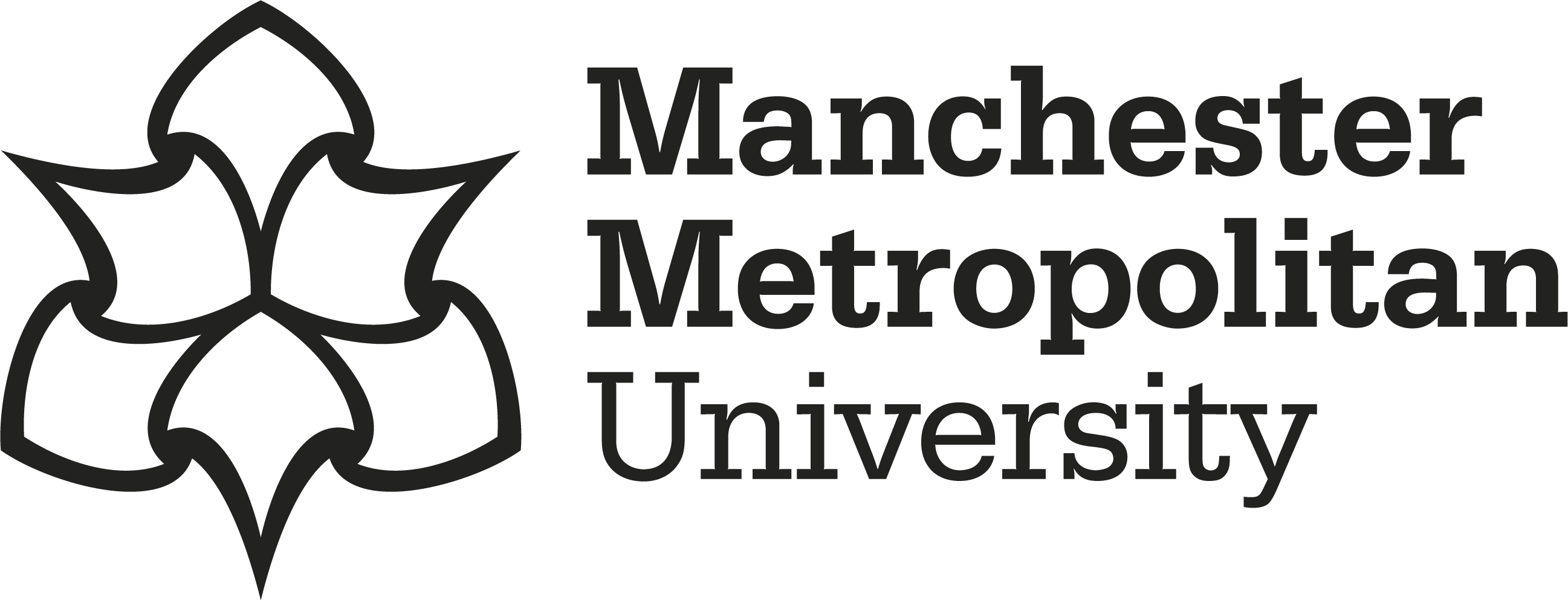Gonzalo-Skok, Oliver 

|
Published Version
Available under License Creative Commons Attribution. Download (667kB) | Preview |
Abstract
The study analyzed whether maturation affects young basketball players’ strength training and detraining adaptations. Thirty-five youth male basketballers (U-13 to U-15) performed eight weeks of strength training twice weekly, followed by eight weeks without strength training, maintaining their basketball practices. Changes in performance were assessed in three maturity groups based on years from/to age of peak height velocity (PHV): pre-PHV (-1.51 ± 0.62, n = 9), mid-PHV (0.11 ± 0.45, n = 17), and post-PHV (1.31 ± 0.42, n = 9). They were tested on bilateral-vertical countermovement jump, unilateral vertical and horizontal jumping, unilateral triple horizontal jumping (3HJ), sprinting (25-m), and change of direction (COD) ability over single and multiple angles. All groups significantly (p < 0.05; ES = 0.42–1.10) improved unilateral horizontal jumping ability between pre-and post-test. Unilateral vertical jumping significantly improved in mid-PHV and post-PHV between pre- and post- (p < 0.05; ES = 0.46–0.61) and pre- to detraining (p < 0.05; ES = 0.51–1.01). Pre-PHV and mid-PHV significantly enhanced 3HJ between pre- and post- (p < 0.05; ES = 0.72–1.15) and de-training (p < 0.05; ES = 0.61–1.11). COD ability significantly improved in mid-PHV between pre- and post- and detraining (p < 0.05; ES = 0.47–0.80). Left horizontal jumping at post-test and detraining was significantly (p < 0.05; ES = 1.56 – 1.73) greater in post-PHV and mid-PHV than pre-PHV. The combined training had favorable outcomes for most unilateral jumps, particularly those with a horizontally oriented force vector, independent of maturity status. Moreover, the subsequent detraining period positively affected specific high-intensity actions, albeit variations were noted across different maturation stages. These findings can help practitioners to design effective strength training programmes during competitive basketball season for youth male basketballers.
Impact and Reach
Statistics
Additional statistics for this dataset are available via IRStats2.


